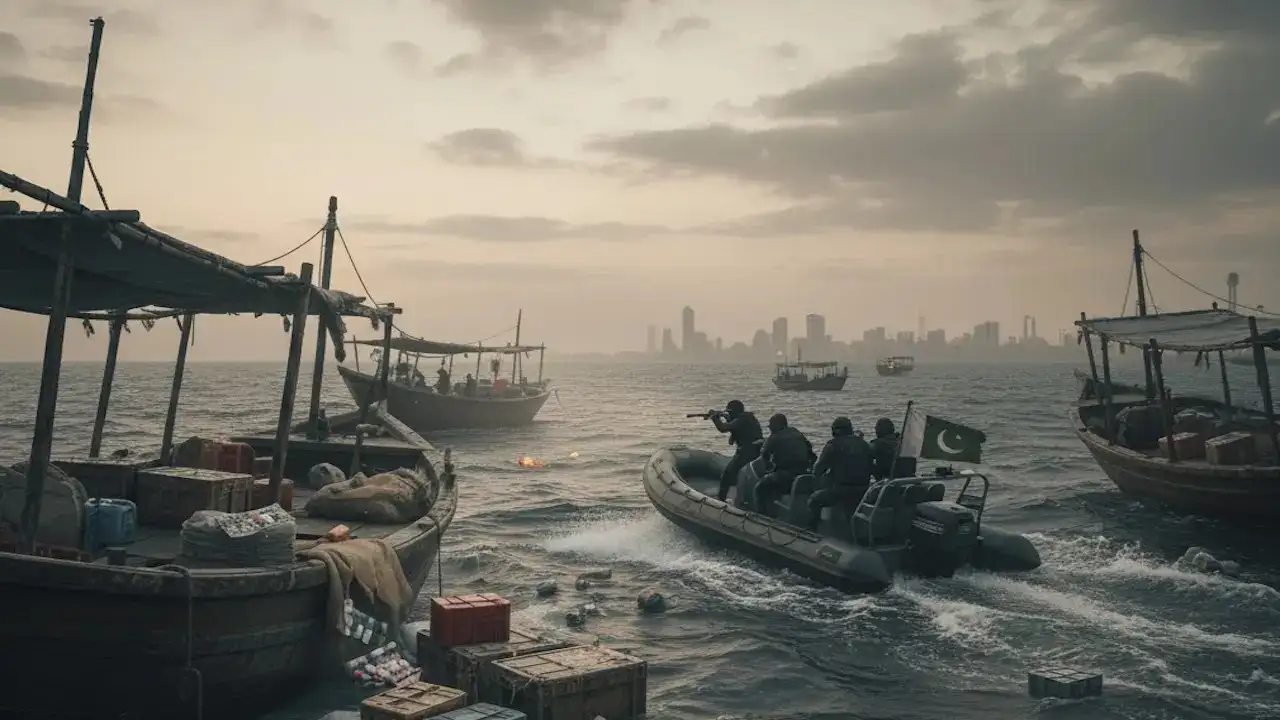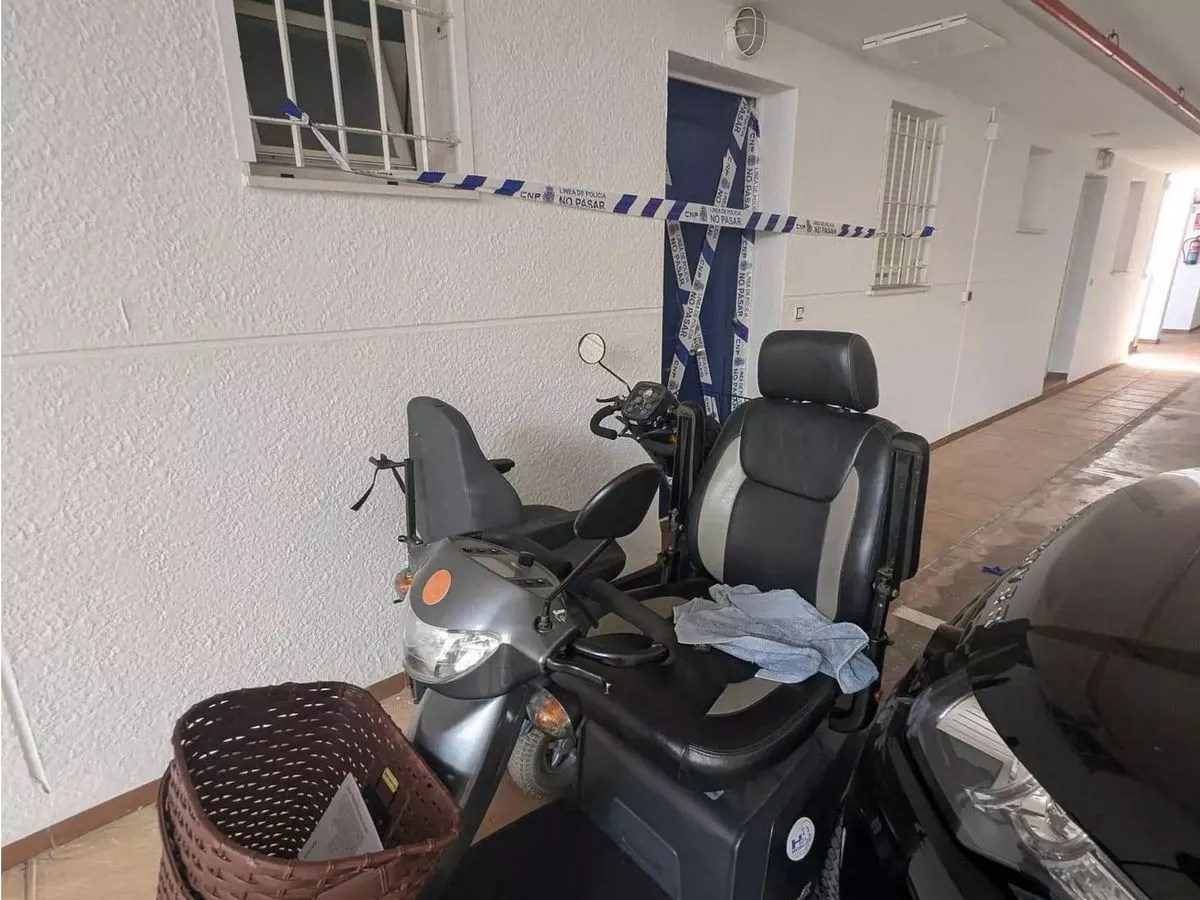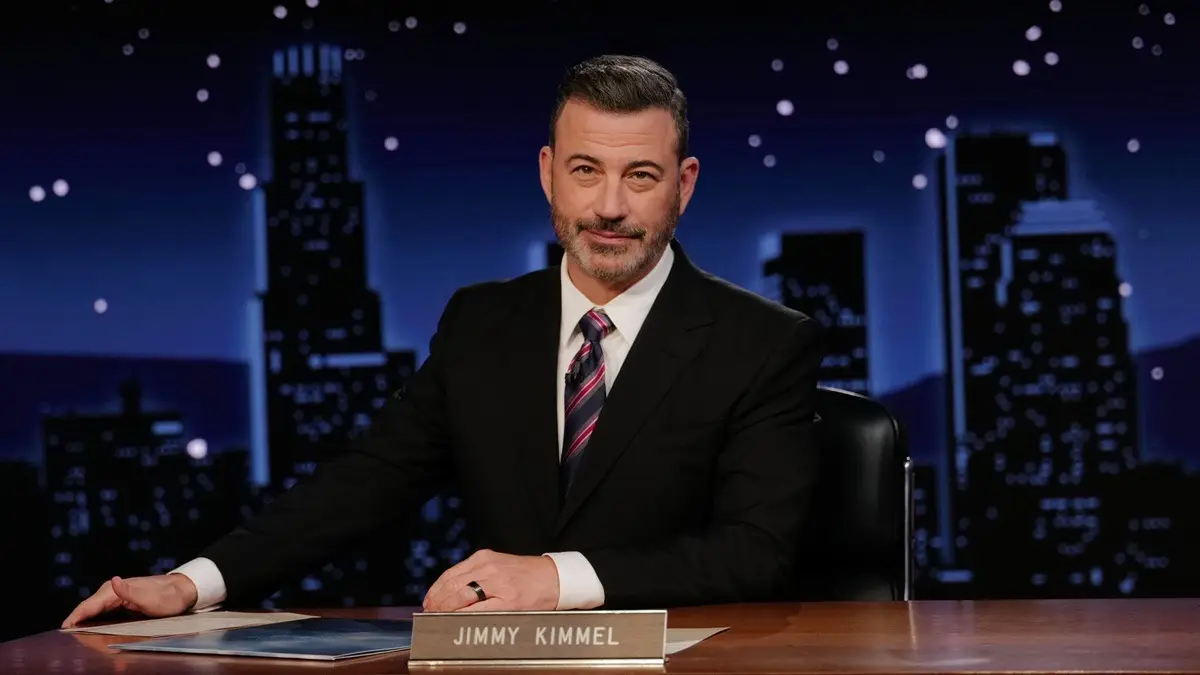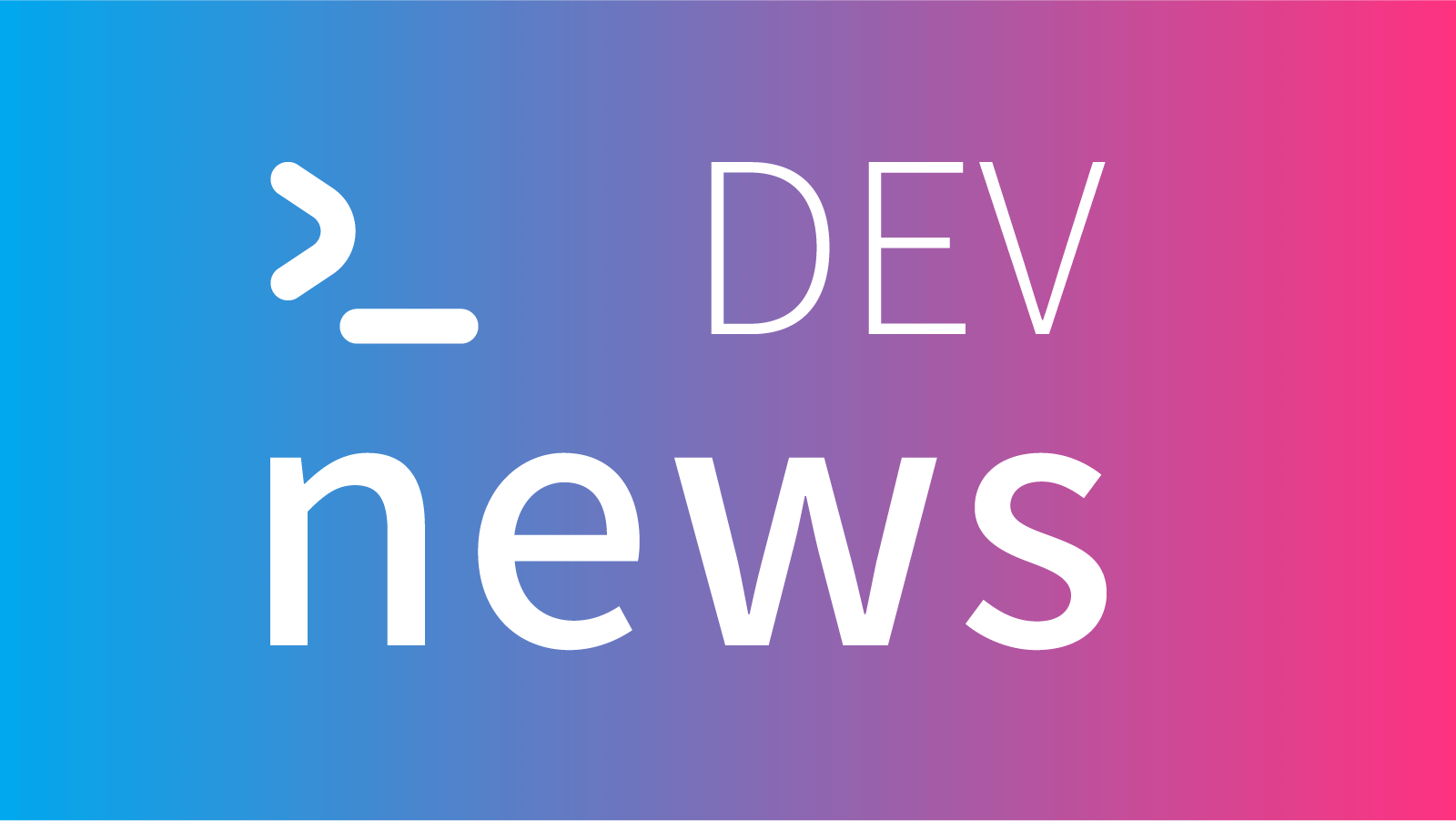Copyright timesnownews

Islamabad: Imagine a thin, grey coastline running from Jiwani past Gwadar to Ormara and Pasni. From these dots on Pakistan’s Makran coast, wooden dhows push out at dusk, fan into the Arabian Sea and arc toward Muscat, the Gulf of Oman and deeper into the Middle East. On a map, the routes look narrow, skiff runs from beaches feeding bigger dhows offshore, then long legs to staging points. Each rib is a drug lane. Each lane carries heroin, hashish and now crystal meth. Conveyor Belt for Narcotics For more than a decade, this quiet coast has served as a maritime conveyor belt for narcotics. UNODC has long flagged dhows departing the Makran as the 'southern route' for Afghan opiates and synthetic drugs, with cargoes shifted at sea or landed along the Gulf rim. The method is simple to launch fast skiffs from secluded coves, rendezvous with larger dhows outside territorial waters, then sail on as anonymous 'fishing' traffic. The seizures tell the story in hard numbers. Combined Maritime Forces (CMF), which is a 46-nation coalition patrolling the region, routinely stops stateless dhows in the Arabian Sea and Gulf of Oman carrying mixed loads of heroin, hashish and meth. In April 2024, Royal Navy frigate HMS Lancaster took nearly two tons of drugs in a single day, including 390 kg of meth and 110 kg of heroin, from a stateless dhow in the Arabian Sea. CMF and U.S. Coast Guard cutters recorded multiple hauls around Christmas 2023 as well. These are not one-off catches, they are in fact a pattern. Makran Route Remains Lucrative Recent operations underline how lucrative the route remains. In October 2025, under Saudi-led CTF-150, Pakistan Navy ship Yamama, operating for CMF, interdicted a dhow and seized 155 kg of methamphetamine and 65 kg of cocaine, a haul valued by CMF at over $120 million. In the same period, US Central Command said the Pakistan Navy seized drugs from sailboats in the Arabian Sea worth nearly $1 billion by their estimate. Prices vary by market but the point is clear--big, high-value shipments keep moving along these routes. The Makran coast is significant owing to its geography and governance. The shoreline is long, sparsely policed and dotted with fishing hamlets and informal jetties. Dhows blend with legitimate traffic and stateless vessels are hard to attribute. The UN and US reporting alike point to dhows out of Pakistan and Iran’s Makran belt as a primary maritime vector, fed by Afghan opiates and increasingly by regionally produced meth. Offshore handoffs, mid-sea repackaging and multi-stop coastal itineraries complicate any single country’s enforcement picture. The cargo is changing too. Ten years ago, the headline was Afghan heroin. Today, methamphetamine has surged on the same boats, often alongside hashish and smaller heroin consignments. CMF’s public logs repeatedly list mixed loads, a sign of flexible networks hedging demand across markets from the Gulf to East Africa. Meth’s rise matters because it is easier to produce, can be made closer to transit corridors, and offers traffickers higher margins for smaller volumes, perfect for dhows and skiffs. The rhythm that is followed is--skiffs sprint out from beaches near Pasni or Gwadar, meet a dhow beyond the horizon, then the dhow runs east or northwest. Some consignments head toward Omani waters for later dispersal. Others push deeper along Gulf approaches. Interdictions spike where these lanes converge—the Gulf of Oman, Arabian Sea choke lines—exactly where CMF, US 5th Fleet and partners concentrate boardings. When navies publish photos of brick-wrapped bundles with familiar stamps, it is the visible tip of a much larger, repeatable trade. Just Like with Terror, Pakistan Plays Victim Here Too Pakistan’s official line is that it is a victim of transit flows and a willing partner in counter-narcotics. It is true that Pakistani forces sometimes make large seizures at sea and ashore and Islamabad sits in regional coordination forums. Yet the operational picture — launches from Pakistani beaches, dhows provisioning in Pakistani ports, and arrests tied to crews with Pakistani links — shows deep complicity by local networks. Even Pakistan’s own maritime fusion reporting describes skiffs from the Makran feeding outbound dhows. This is not just a policing issue, it’s a regional security problem. Drug cash corrodes governance along the coast, finances other illicit trades and invites foreign criminal brokers into coastal communities. Ports built for fishing become logistics hubs for transnational crime. Each successful run strengthens the next by paying crews, fixers, and officials. Left alone, the “narco superhighway” will harden into infrastructure. The Makran coast will never be empty of boats but it does not have to be a narco artery.



